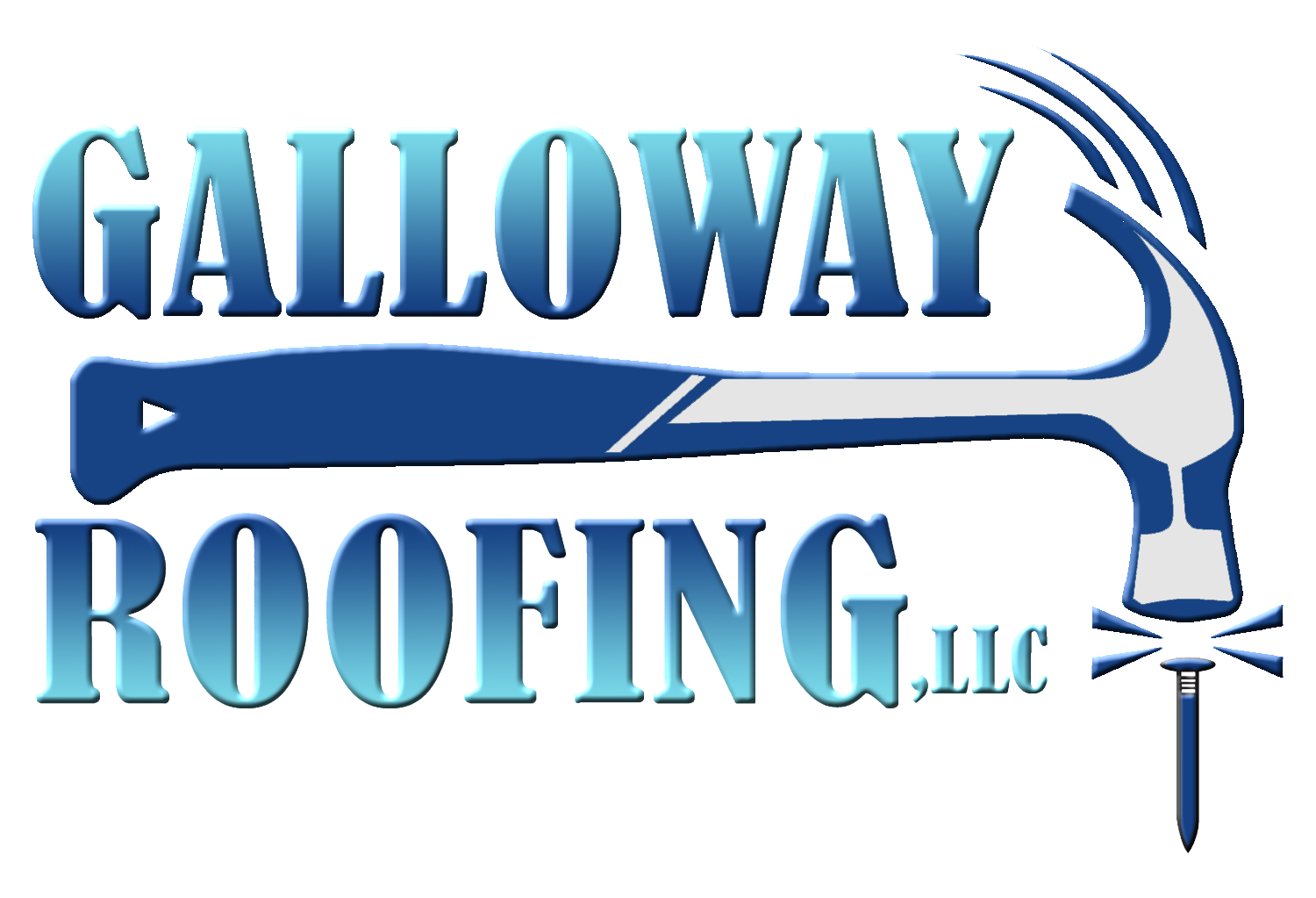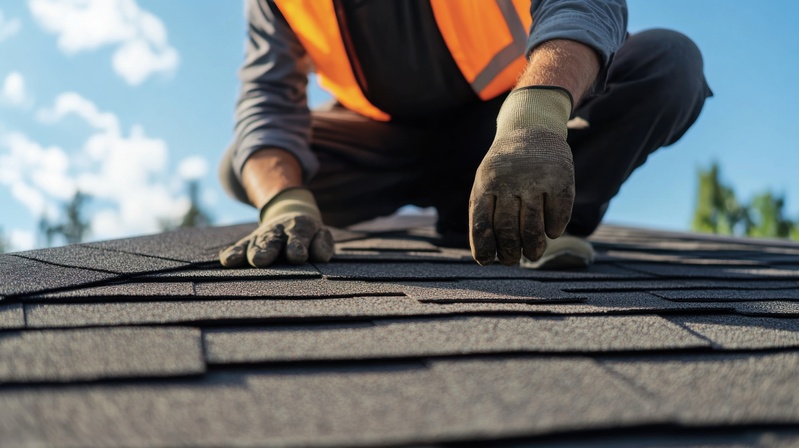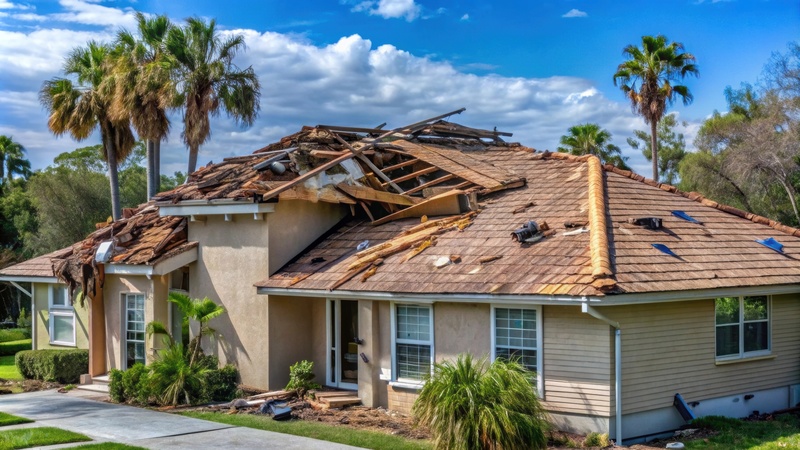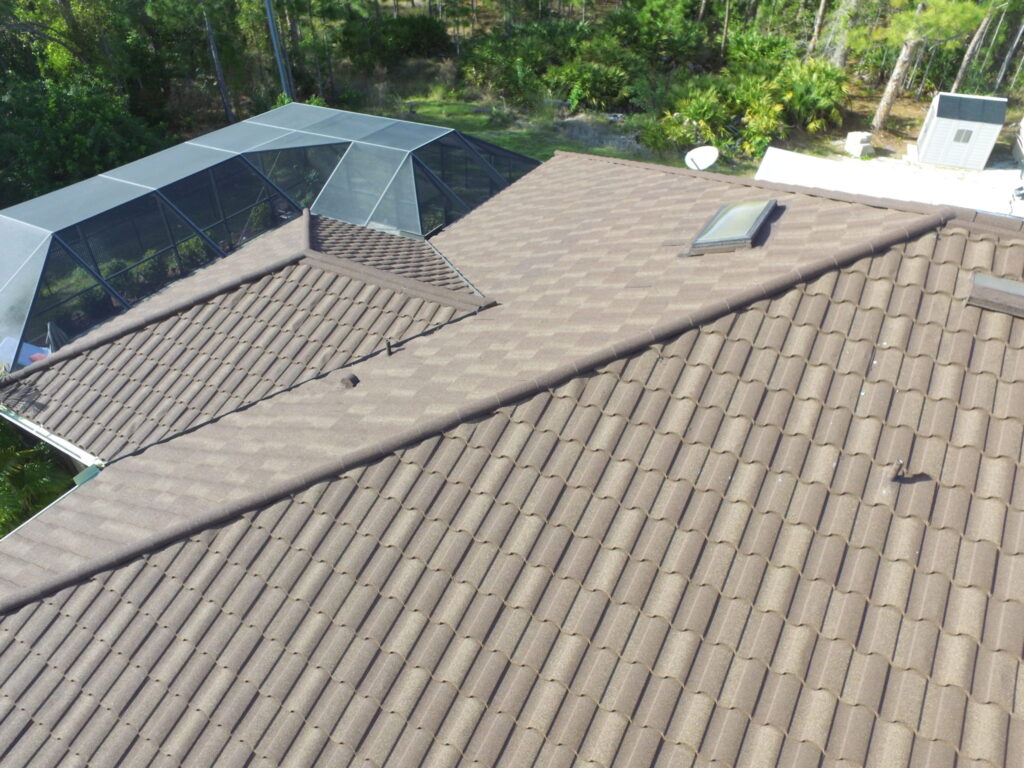When winter arrives in North Port, Florida, homeowners often notice a new drip, a ceiling stain, or a damp spot that wasn’t there before. Even without freezing temperatures, our cooler months can reveal small problems that turn into costly roof leaks. Moisture trapped under damaged shingles, clogged gutters, or aging flashing can start spreading quietly through your attic or drywall before you realize it.
Below, we’ll explain the most common causes of winter roof leaks in North Port homes—and the best ways to stop them from spreading so you can keep your home protected all season long.
Key Takeaways
- North Port’s cooler months often reveal hidden roof leaks that cause stains, damp walls, and ceiling damage.
- The main reasons for roof leaks include damaged flashing, clogged gutters, missing shingles, and poor attic ventilation.
- Regular roof inspections and maintenance help detect leaks early and stop moisture from spreading through the home.
- Quick attention from a trusted roofer keeps homes safe from expensive repairs and long-term roof damage.
Causes of Winter Roof Leaks in North Port Homes
During North Port’s cooler season, even a minor change in temperature or humidity can reveal hidden roof weaknesses. Here are the most common causes of roof leaks you’ll see in winter across Southwest Florida homes:
Compromised Flashing Around Roof Openings
Even in mild Florida winters, roof leaks can appear when compromised flashing begins to separate around vents, skylights, or the chimney.
With temperature changes between warm afternoons and cooler nights, metal expands and contracts, loosening caulking and breaking the seal around joints. These small flashing issues allow moisture to seep under the surface of the roof and into the attic.
Many older roofs in North Port were constructed using thin materials that rust faster in salt-heavy air, especially in areas located near the harbor. When that flashing isn’t installed correctly, leaks develop and can lead to mold growth, damaged drywall, or even rot inside walls over time.
Clogged Gutters and Roof Valleys
Even though North Port doesn’t see snow-covered rooftops, clogged gutters can still lead to serious winter roof leaks.
Falling pine needles and leaves collect along roof valleys, causing standing water that seeps beneath shingles. As this water flows toward blocked drains, it can back up and find gaps along the edges of the roof surface. This often happens in flat roofs or low-slope designs where drainage is already limited.
Once the water starts leaking into the attic, homeowners may notice brown water stains on the ceiling or walls in the bathroom or middle rooms of the home. Without proper maintenance and repairs, these leaks can spread quickly, causing more damage to insulation and pipes hidden behind walls.
Missing or Damaged Shingles
Strong winter winds in Sarasota County can lift or tear off shingles, exposing the underlayment below. Missing shingles leave areas vulnerable to rain and condensation. When these small openings go unrepaired, they allow water to seep in during a storm or when temperatures drop and ice forms briefly before it melts away.
Even though ice dams rarely form in Florida, cool air mixed with trapped moisture can still cause leaks that look similar to ice dam damage.
Broken or cracked shingles around nails or seams may lead to leaks that homeowners only notice after seeing stains on the ceiling or drywall. These roof leaks can worsen with time, especially if the roof isn’t inspected or repaired by a professional roofer who understands local construction methods.
Poorly Installed Roof Valleys
Roof valleys are among the most common leak points, especially when they weren’t installed correctly during construction. These narrow channels guide water flow, but if the metal liner isn’t overlapped properly or if nails penetrate the surface, leaks will eventually form. The result can be moisture seeping into the attic insulation and causing mildew or rot in wood decking.
In neighborhoods like Heron Creek or Bobcat Trail, where complex rooflines meet at sharp angles, poor roof installation or wear from past storms can cause valleys to deteriorate faster. Homeowners often notice slow leaks appearing in the middle of ceilings or along walls after steady winter rain.
Condensation in the Attic
Condensation can mimic a roof leak even when no external water is entering the roof system. In winter, warm indoor air rises into the attic, meeting the cooler surface of the roof deck. If that space isn’t properly insulated or ventilated, moisture collects and drips onto insulation or framing.
Over time, this creates mold growth and mildew smells that can spread through the home.
Moisture buildup often happens near pipes or HVAC vents where temperature differences are strongest. Because the humidity remains high even in cooler months, condensation can cause as much structural damage as leaking shingles.
Ways to Stop Winter Roof Leaks and Protect North Port Homes
Even small roof leaks can spread fast once moisture seeps beneath the surface. Here’s how to protect your North Port home and stop leaks before they cause more problems inside your walls or attic:
Schedule a Professional Roof Inspection Early
A roof inspection is the first step in stopping winter leaks before they worsen.
A qualified local roofer checks flashing, shingles, gutters, and the overall roof surface for cracks, rust, or broken materials. They can detect leaks that homeowners might miss and identify where water is seeping in. Many Florida roofs experience hidden damage after past storms, and catching these signs early helps avoid higher repair costs later.
Professional roofing services in North Port provide detailed repair estimates so homeowners can make informed decisions about whether an area needs to be repaired or replaced.
Clear Gutters and Roof Surfaces Before Heavy Rains
Keeping gutters clean ensures that rainwater flows freely off the roof instead of pooling along roof valleys or around edges. Debris like leaves, twigs, or construction residue blocks the natural flow of water, leading to leaks and roof damage.
Regular roof maintenance—especially during winter—prevents standing water that can weaken seals and increase the risk of leaks spreading into attics or walls.
Cleaning gutters and inspecting downspouts also keeps water away from foundations, reducing the chance of small floods during heavy rainfall.
Seal and Secure Vulnerable Areas
Once a leak has been located, sealing vulnerable areas with professional-grade caulking and waterproof sealants is crucial.
Flashing around chimneys, pipes, and vents should be repaired or replaced using durable materials designed for Florida’s temperatures. Applying a seal properly prevents moisture from seeping into gaps or cracks that can cause more damage later.
Roof repairs should always be handled by licensed experts who understand the proper techniques for fixing flashing and preventing recurring leaks in local homes.
Improve Attic Ventilation and Insulation
Proper airflow and insulation protect the home from condensation and moisture buildup. When attics are poorly insulated, warm air rises and meets the cold surface of the roof, creating water droplets that mimic roof leaks. Adding vents or replacing worn insulation helps regulate temperatures and reduces the risk of mildew and rot.
Balanced ventilation prevents ice from forming on cool nights and ensures the attic remains dry even when outdoor humidity is high. These improvements extend the life of roofing materials and reduce the cost of future repairs.
Act Fast on Any Interior Signs of Moisture
When water stains or damp drywall appear, quick action limits how far the leak spreads. Even a small drip can cause serious structural damage if ignored. Moisture seeps through drywall and walls, softening framing and leading to long-term rot.
Acting quickly to have a roof repaired prevents higher costs and stops leaks from reaching electrical systems or plumbing pipes. Whether the problem comes from missing shingles, cracked flashing, or a leaking vent, immediate repairs keep the roof protected and the home safe through the winter season.
Ready to Fix That Winter Roof Leak in North Port?
If you’ve noticed signs of moisture or water damage, now’s the time to call Galloway Roofing. Our professional roofing services cover inspections, repairs, and replacements for all types of Florida roofs—including flat roofs.
Get a free estimate today at (941) 697-3737 and let our experienced team protect your home from leaks, rot, and more damage this winter.
Frequently Asked Questions
Why do some homeowners confuse ice dams with roof leaks in Florida?
Ice dams rarely form in this location, but cooler air and trapped moisture can look similar. Our roofing services include thorough inspections to confirm the cause and recommend precise roof repairs before more damage occurs.
Can small water stains on ceilings signal bigger roofing problems?
Yes, small water stains often mean hidden leaks inside the roof deck or attic insulation. Our team performs detailed inspections to locate the issue and complete the job correctly before costly roof repairs become necessary.
How can professional roofing services reduce the need for emergency roof repairs?
Our roofing services include preventive maintenance, flashing checks, and improved ventilation. These steps protect the building structure, extend roof life, and help homeowners avoid unexpected repair costs in this location.
Are roof repairs different for older or coastal buildings in North Port?
Yes, coastal humidity and salt exposure can weaken roofing materials faster. Each roof repair job uses durable materials and proven methods that withstand moisture and corrosion, even when ice dams form in colder climates.






